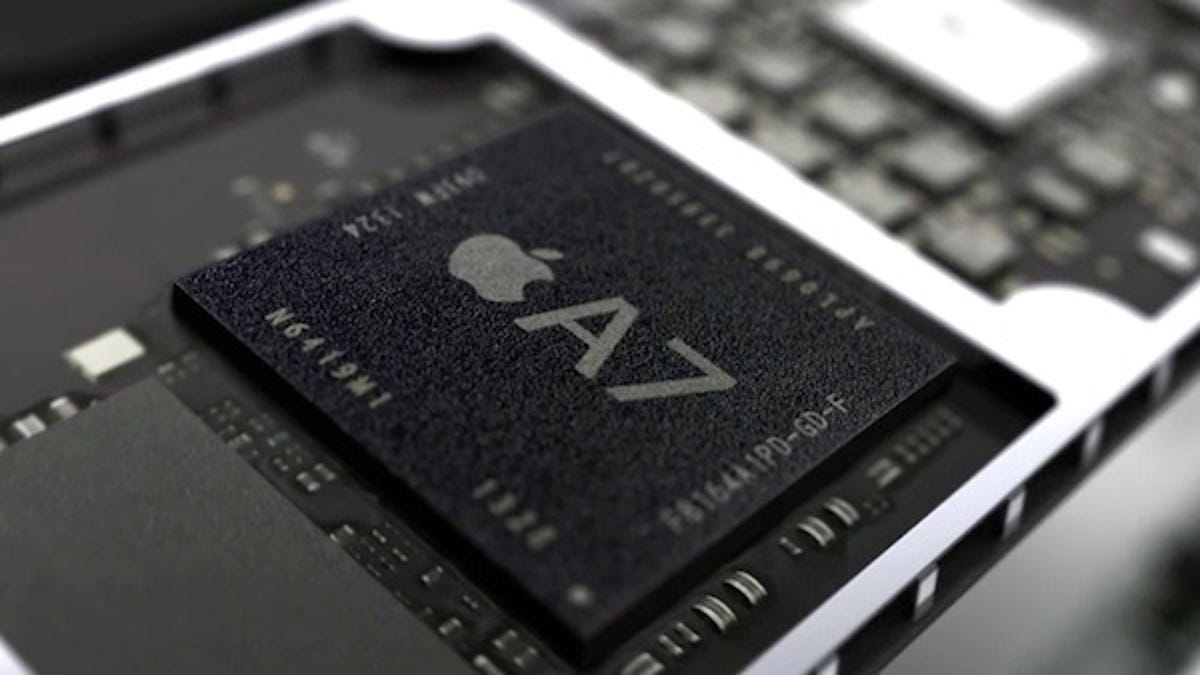Apple tops Samsung as world's largest chip buyer in 2013
At $30 billion, Apple tops Samsung in 2013 chip spending, but market dynamics could favor the South Korean giant in 2014.

Apple handily outspent Samsung to become the world's largest buyer of chips in 2013, though Samsung's spending surged last year.
In a repeat performance of 2012, Apple and Samsung were the top semiconductor spenders in 2013 among original equipment manufacturers (OEM) creating more than $1 billion in revenue, according to an IHS Technology research note released Thursday.
Apple took the top spot with chip spending of $30.3 billion, surpassing second-place Samsung's $22.2 billion.
The South Korean electronics giant, however, saw the largest spending increase on chips of any top 10 OEM last year, up almost 30 percent from 2012 levels, compared to a smaller expansion of 17 percent on the part of Apple, IHS said.
And future market dynamics could be more favorable to Samsung, said Myson Robles-Bruce, an IHS analyst.
"Samsung's...intention to use flexible active-matrix organic light-emitting diode (AMOLED) display technology on its product offerings could also be a future differentiator from products made by Apple," Robles-Bruce said. Apple favors LCD tech for displays.
"If OLED technology catches on with consumers, Apple could start to suffer, which would be reflected in the California maker's prodigious chip-buying powers," he said.
Other OEMs in the top five were Hewlett-Packard, in third place, with $10.1 billion in spending; Lenovo in fourth, with $9.2 billion; and Dell in fifth, with $7.7 billion.
Wireless accounted for almost one-third of total OEM chip spending, followed by computer platforms at 22 percent and consumer devices, at 16 percent.
IHS noted that the served available market (SAM) metric it used counts only expenditures that an OEM made as an external agent. "SAM does not factor in spending by manufacturers for chip buying done at their own internal divisions -- as can happen with entities like Samsung, whose internal customers within the vast Samsung family of companies compete with external clients in sourcing Samsung-made semiconductors."

